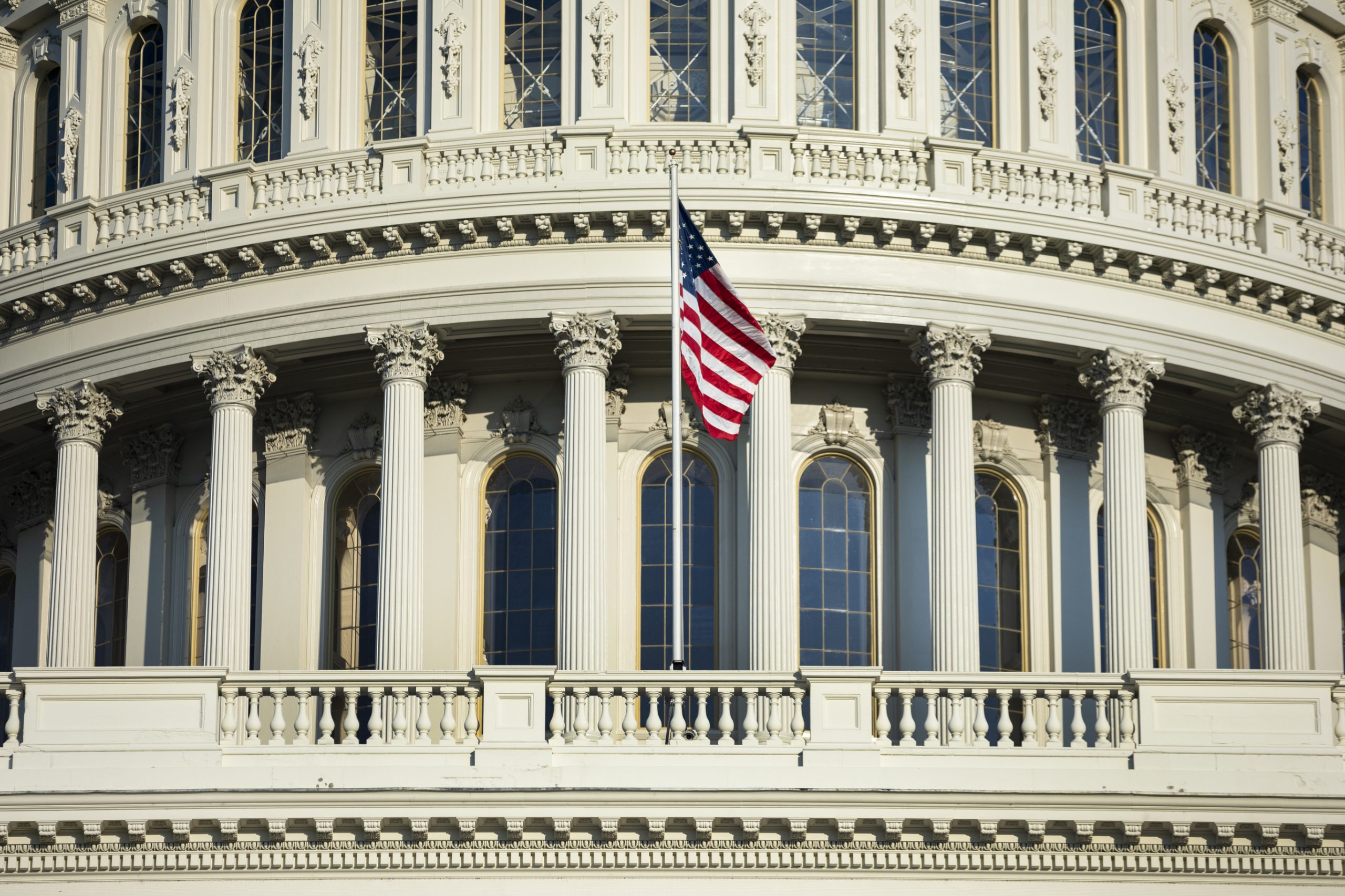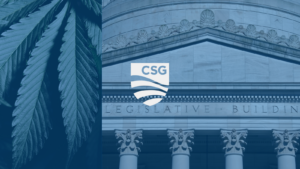
President Joe Biden announced Thursday, June 24, that after meeting with a group of senators from both parties, they had reached an agreement on infrastructure.
This comes after weeks of negotiations surrounding the president’s original $2 trillion American Jobs Plan Act, which focuses on infrastructure investments in traditional things like roads, bridges and railways, but also places a new focus on broadband internet and water systems. The compromise would fund roughly $1.2 trillion in infrastructure investments.
What’s in the package
The bi-partisan version of the package amounts to $1.2 trillion in funding over eight years, with nearly $600 billion in new spending. The package includes $312 billion for transportation and $266 billion for other infrastructure.
According to the White House, the new spending includes:
Transportation – $312 billion
- $109 billion for roads and bridges
- $11 billion for safety
- $66 billion for rail
- $49 billion for public transit
- $7.5 billion for electric vehicles
- $7.5 billion for electric buses/transit
- $1 billion for reconnecting communities
- $25 billion for airports
- $16 billion for ports and waterways
- $20 billion for infrastructure financing
Other infrastructure – $266 billion
- $55 billion for water
- $65 billion for broadband
- $21 billion for environmental remediation
- $73 billion for power and grid authority
- $5 billion for western water storage
- $47 billion for resilience projects to cope with climate change
Goals of the infrastructure plan
The White House said the plan, known as “The Bipartisan Infrastructure Framework” would:
- Improve healthy, sustainable transportation options for millions of Americans by modernizing and expanding transit and rail networks across the country, while reducing greenhouse gas emissions.
- Repair and rebuild roads and bridges with a focus on climate change mitigation, resilience, equity and safety for all users, including cyclists and pedestrians.
- Build a national network of electric vehicle chargers along highways and in rural and disadvantaged communities.
- Electrify thousands of school and transit buses across the country to reduce harmful emissions and drive domestic manufacturing of zero emission vehicles and components.
- Eliminate the nation’s lead service lines and pipes, delivering clean drinking water to up to 10 million American families and more than 400,000 schools and child care facilities that currently don’t have it, including in tribal nations and disadvantaged communities.
- Connect every American to reliable high-speed internet.
- Upgrade the power infrastructure, including by building thousands of miles of new, resilient transmission lines to facilitate the expansion of renewable energy, including through a new grid authority.
- Create a first-of-its-kind Infrastructure Financing Authority that will leverage billions of dollars into clean transportation and clean energy.
- Make the largest investment in addressing legacy pollution in American history.
- Prepare more infrastructure for impacts of climate change, cyberattacks and extreme weather events.
How the package will be funded
No new taxes will be leveraged to fund this package. Instead, the White House stated that proposed financing sources will include a variety of alternative revenue strategies, including reducing the IRS tax gap, redirecting unused unemployment insurance relief funds, repurposing unused relief funds from 2020 emergency relief legislation, state and local investment in broadband infrastructure, and allowing states to sell or purchased unused toll credits for infrastructure.
For additional resources related to the American Rescue plan, visit web.csg.org/recovery.





